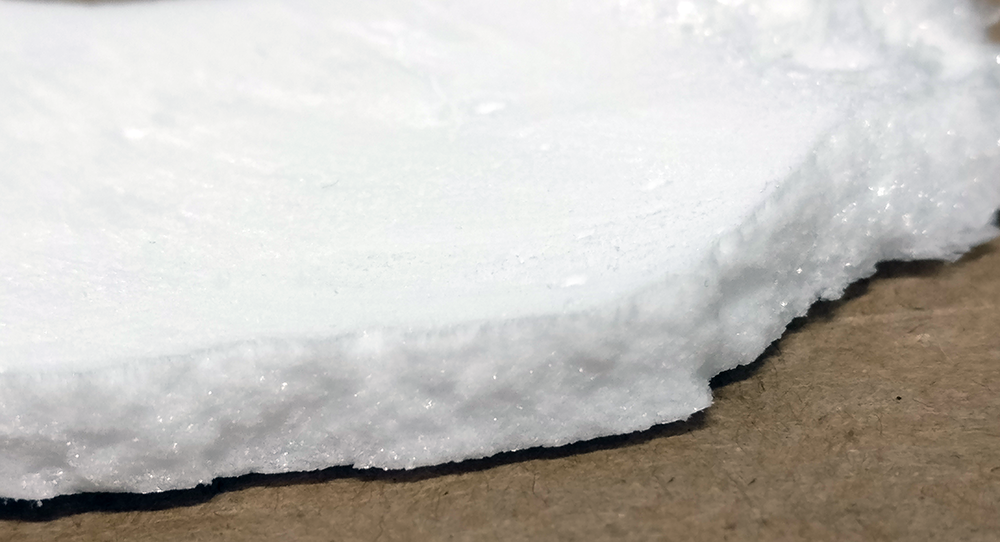In order to lyophilize a live bacterial product (LBP) the cells need to be stabilized during the freezing process, otherwise a significant loss of viability occur. Typically sugars and other small molecules are used to preserve bacteria during the freezing stage. BioLyo has developed a number of formulations that can be utilized by our clients free of charge. If possible we like to use these formulations for our customers, but in some cases these formulations do not work sufficiently well and need modification. It should be noted that lyophilization buffer tests should always be done with cell suspensions that are grown under well defined, repeatable conditions so that reproducible results after lyophilization are obtained that can be compared from experiment to experiment. For this reason we prefer to grow the bacteria for lyophilization experiments in a bioreactor rather than in shake flasks or other uncontrolled culture vessels.
In case of LBPs that are lyophilized in bulk, further processing of the lyophilized cake will need to take place. There are a number of ways to mill a lyophilized cake, but in general as a first step we prefer to mill the lyophilized cake using a bead mill. The bead mill is a closed bottle that contains the lyophilized cake, beads of a predifined diameter and either dry nitrogen or dry air as a gas. The advantage of a closed system is that it prevents uptake of ambient moisture during processing, so that the milling time is not limited by the exposure to ambient moisture as is the case in a number of other milling systems. Ideally the milling process yields a product with a particle size distribution that is fairly narrow, and with a relatively high density so that a high dose can be packed in capsules.
